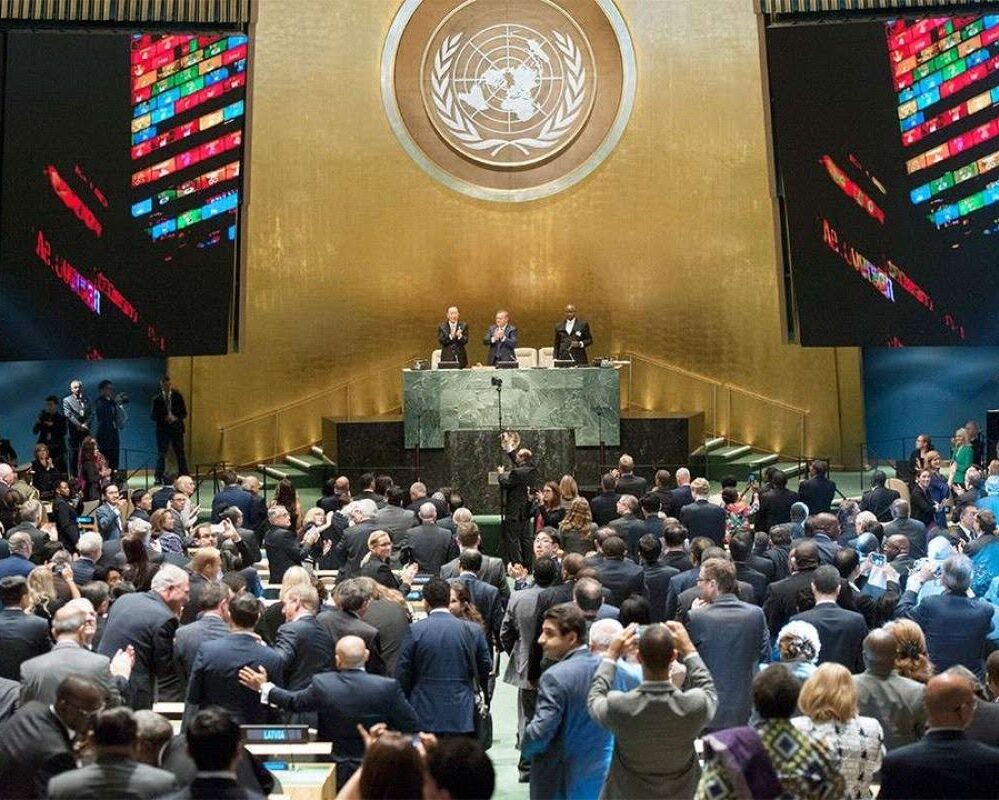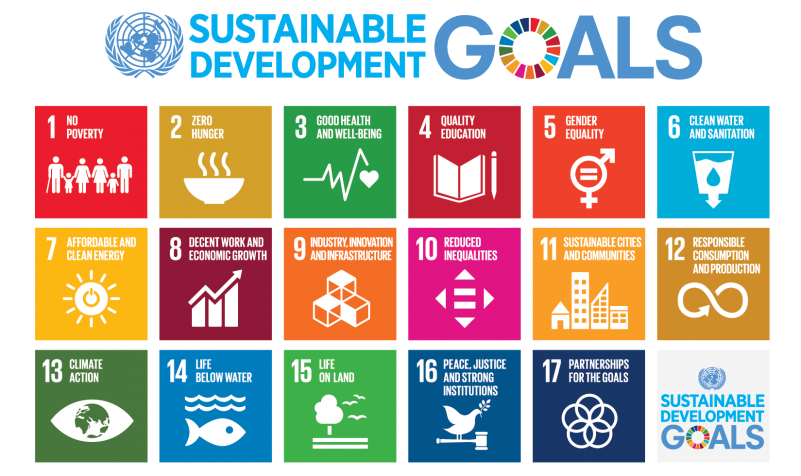How Voluntary Local Reviews (VLRs) are driving the climate goals


Voluntary Local Reviews (VLRs) allow local and regional governments to assess their progress toward the United Nations Sustainable Development Goals (SDGs). Modelled after the Voluntary National Reviews (VNRs) that national governments conduct, VLRs highlight the role of local and regional governments in achieving the 2030 Agenda for Sustainable Development.

History of VLRs
When United Nations parties adopted the 2030 Agenda for Sustainable Development in 2015, they held sustainability at the core of efforts to eliminate poverty, empower women and children, safeguard nature, and build prosperous economies. The framework for achieving these ambitious aims, the Sustainable Development Goals (SDGs), offered 17 goals and 169 targets, representing a blueprint for holistic development in nations — but one also useful for cities.
While local efforts for sustainability date back to the 1992 Rio Earth Summit, collective tracking of key sustainability metrics are more recent and continue to evolve in ways that are both exciting and puzzling for cities.
The VLR movement started in 2018 when New York City and the Japanese cities of Kitakyushu, Shimokawa, and Toyama presented the first local reviews at the High-Level Political Forum on Sustainable Development (HLPF). Since then, the number of VLRs has increased, with hundreds submitted by regional governments, cities, and towns by 2024.
Local actions, global goals
Voluntary Local Reviews are one way which local and regional governments can localize the 17 SDGs and 169 targets to the city-scale. These reviews are “voluntary” but aim to enhance transparency, accountability, and the localization of the SDGs. VLRs also provide a platform for subnational governments to share their experiences and practices in SDG implementation, contributing to a global conversation on monitoring and reporting at the local level.

How cities are conducting VLRs:
- New York City‘s VLR, “Global Vision | Urban Action,” aligns its OneNYC vision with 10 SDGs, highlighting contributions to the 2030 Agenda and areas for improvement.
- Toyama‘s VLR advances its “FutureCity” vision, focusing on sustainable transport and universal health coverage.
- Orlando, Florida’s VLR – developed by ICLEI USA – aligned its Green Works Orlando plan by analyzing nine SDGs, making it the first medium-sized US city to do so.
Benefits of conducting Voluntary Local Reviews
Promoting SDGs and cooperation
VLRs help local governments adopt the SDGs, encouraging cooperation between different government levels and improving collaboration within local administrations.
Engagement and transparency
VLRs enhance stakeholder engagement, transparency, and accountability, giving local governments a voice in global forums.
Strategic planning and monitoring
VLRs set performance baselines, create tracking frameworks, and guide strategic planning towards the SDGs.
Global connections and partnerships
VLRs facilitate sharing best practices, joining international events, and connecting local governments to a global network, fostering international dialogue.
How to shape strong VLRs
The key components of a successful Voluntary Local Review process include:
- Well-Defined Methodology and Process: Ensure a clear and structured approach for the review.
- Strategic Planning Support: Aid in long-term strategic policymaking.
- Policy Integration: Seamlessly integrate policies to align with the SDGs.
- Transparent Data Presentation: Present data in an open and understandable manner.
- Focus on Global Impact: Highlight the broader implications and contributions to global sustainability efforts.
The VLR methodology and overall report should reflect the following:
- Coordinator Identification: Identify who is responsible for coordinating the process.
- Stakeholder Engagement: Actively engage local stakeholders.
- Inclusiveness Measures: Ensure inclusiveness throughout the process.
- Accountability and Transparency: Maintain transparency and accountability to local communities.
For a set structure proposed by the United Nations, please visit this website.

